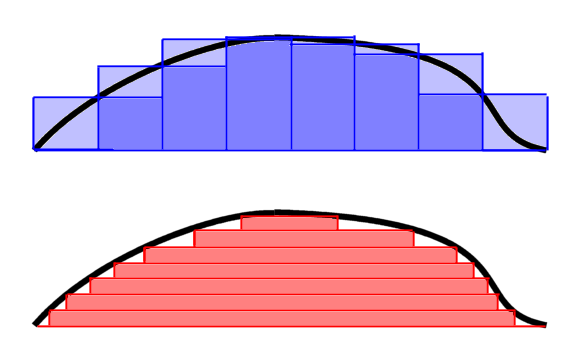Our journey has brought us from an original quote from Hofstadter, through Faust and trees until the final victory of machines against humans.
We have repeatedly seen how evolutionary pressure for economic survival, academic prestige and generic coolness pushed further and further on the path of chess automata. We started in a world where it was unthinkable that chess could be played in some acceptable manner by machines, and only 30 years later, we got to know a world in which the world champions would be dominated by smartphones. This took 30 years, some great minds and the direct intervention of the Red Queen, making sure that everyone would be forced to run and run and run, without a single actor being able to hold the crown for more than some years.
Our journey would be incomplete, though, if we would not mention the living fossil, the indomitable crocodile of the digital chess arena: the ecosystem created by ChessBase. So we will shortly sidestep the world of chess engines and chess playing and give a short look to the world of chess databases.
Enter Chessbase
What is ChessBase? It is a German GmbH, based in Hamburg, which sells world-wide mostly one, single digital product and related ecosystem material. This product, a database software and related game collections and training material, can be downloaded or ordered per postal service. In spite of the apparent obsolescence of this business model, it exists since 1985 and features a rock solid € 100 t net income and € 2 m equity1.
What they sell exactly, and how did they manage to survive for so long?
Garry, again
If you can read German or possess a copy of Kasparov's Child of Change: An Autobiography (1987, Hutchinson), you will be able to revive the exact moment in which Garry was confronted with the first prototype of the ChessBase software. He describe the festive Christmas atmosphere in a home in Switzerland in which he expressed his wish for a database of games, its later experience with the first version of ChessBase, and how he did use this tool to its advantage in simultaneous matches. This was exactly the period in which Garry was fighting for the world championship against another Russian titan, Anatoly Karpov. Understandably, this boosted the acceptance in the chess community and made possible to expand rapidly and reach widespread diffusion. So they became the leading vendor of chess databases.
Inertia can kill, but must not
This was 1985. If you remember, this was more or less the time in which chess engines were spreading and becoming dominant: H + G, this other German company we met here was making money, too, with a computer based chess product. They were selling hardware-based engines, true, but they had the know-how, they could have moved to PC-based engines and survived. Why did they miss it? We will never get a definite answer. Fact is, ChessBase recognized that they have to diversify their product. They started offering only generic game collections. The more games, the better. They then started to offer specifically tailored and reviewed game collections, typically focused on a single opening. They somehow recognized that the client used to browse and search the game collections could be improved on and used as a training tool. They started selling training material. With time, they became more a publisher of chess material than a seller of a digital product. Chess players are a conservative folk, and often recruit from persons with higher economic status than the average: if they have a product which is good and reasonably priced and serve the goal of comfortably analyzing games and preparing for tournaments, they will not switch to a random competitor. In this way, they could bloom and flourish for more of 30 years.
The Red Queen, however, may tolerate some hesitation, but clouds are already on the horizon, and who does not run will get beheaded faster than he can say "Check!".
The next menace
Using concepts from mapping and co-evolution, it is not difficult to understand what the next threat for ChessBase will be (Mr Wüllenweber, free advice for you here!): the commoditization of their business model2. Commoditization in digital landscapes nowadays almost always happens in form of cloud services or open source, or publishing platforms. What could happen here?
- Commoditization of analysis: game collection platforms expanding in the analysis region. ChessBase is inherently a home PC product. You have the client, you use your local chess engine to analyze a game, give hints and similar. Given the extremely low cost of cloud-based computing resources, web-based competitors can offer analysis solutions. Indeed, Chessgames, a historical web page offering game collections (more of less a web-based version of ChessBase), offers online analysis on a Stockfish server, too.
- Commoditization of training: Online game servers offering publisher platforms for chess blogger and freelancers. This is more or less the business model of chess.com. You register for playing, you get some articles and training for free. But if you want the full training experience, you have to pay a subscription.
- The doomsday device: open source. Stockfish, for instance started some weeks ago publishing high quality training games on google drive. Given that these games exceed grandmaster level by a huge amount and the collection is growing at alarming pace, it will put a big pressure on pure game collection vendors. What will come next is in the stars.
1you can get all basics financial information about GmbH and AG German companies from the Bundesanzeiger.
2 I plan to eventually publish a map about this in a reprint of this article, so stay tuned!




